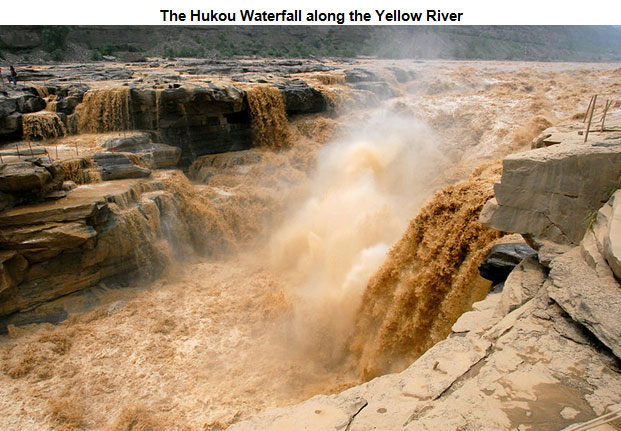
This section will focus on the last two of the four river valley civilizations. The Huang He and Indus River Valley Civilizations collectively are known as the East River Valley Civilizations.
The Yellow River Valley Civilization was located in present-day China and founded between 4000 and 1700 BC. The name "Yellow" comes from the the yellow silt carried across the land from the rivers. The Yellow River meets the Chiang Jiang River creating a fertile area suitable for planting crops. The Yellow River Valley is surrounded by natural barriers such as deserts and mountains.

The economy of the Yellow River Valley Civilization was based on farming. Initially, trade was limited to people within the civilization due to the natural barriers that kept this civilization from trading with outsiders. It was not until the development of silk fabric in the valley that trade expanded. Merchants began to travel to the Yellow River Valley, which eventually led to the creation of the Silk Road.
The Yellow Valley River Civilization was an aristocracy run by kings and upper class citizens. This civilization had a patriarchal society that stressed respect for parents and elders. This admiration for ancestors was also evident in the religion, which placed emphasis on the afterlife.
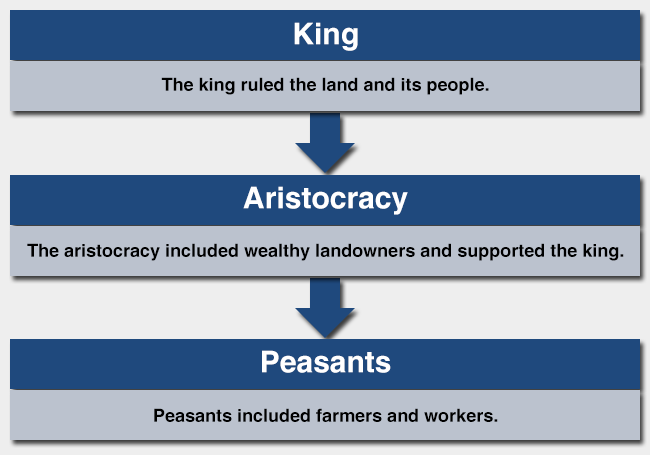
The Yellow River Valley Civilization was divided into several territories that were ruled by a king. Dynasties were formed as power was handed down from generation to generation. The Chinese dynasties originated from this civilization.
The Shang Dynasty, a royal family that developed from this civilization, created the Chinese script around 1600 BC.
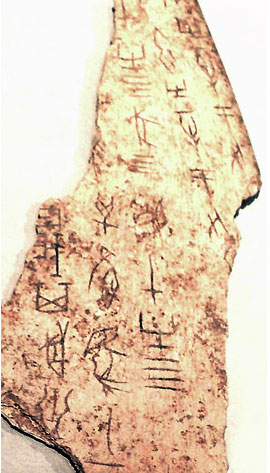
There are other characteristics that defined this civilization. First, the Yellow River Valley Civilization developed silk fabric, which became a much sought-after commodity for many traders on the Silk Road. Also, The Yellow Valley Civilization used astronomy to develop an annual calendar.
From 2500-1700 BC, the Indus River Valley Civilization, also called the Harappan Civilization, settled along the southern Indus River. This civilization covered a large area, including present-day India, Pakistan, Nepal, Sri Lanka, and Bangladesh. The largest city of this civilization was Mohenjo-Daro.
The geography of the area contributed to its success. The Indus River Valley is surrounded by mountains and seas that protected the people from attacks by other civilizations. The Indus River Valley Civilization created sophisticated irrigation systems that helped irrigate crops.
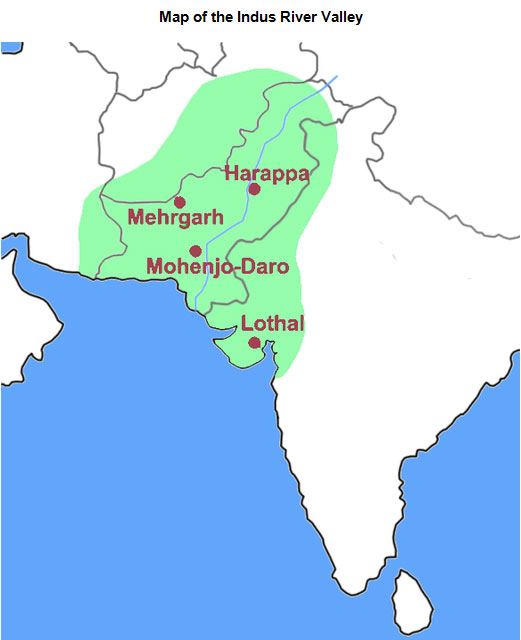
The economy of the Indus River Valley Civilization was based on farming. The irrigation system allowed this civilization to diversify its crops. Wheat was a staple, while peas, rice, and cotton were also grown. Animals were domesticated to help with farming, but they also became a source of food. Trade became just as beneficial for this economy as farming, and Mesopotamia became a trading partner.
The Indus River Valley Civilization had a caste social system in which people were born into a particular social class that they were unable to change. There were four classes in this caste social system.
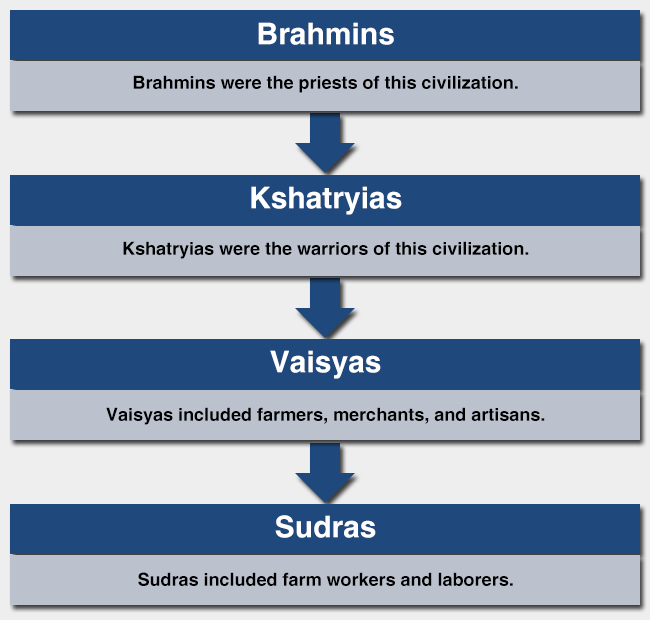
The Harappans are credited with having an elaborate sewer and sanitation system. They constructed homes that had access to water. While dried bricks were used to build homes, they used metals such as iron and bronze to create tools and weapons.
One of the most noteworthy contributions of the Indus River Valley Civilization was the founding of the polytheistic religion of Hinduism. From this religion, the Vedas, the sacred text of Hinduism, was written. This civilization was also the first to use weights and measurements.
Nearly ten thousand years ago, the Neolithic Revolution brought changes in early civilizations. As a result, humans went from the nomadic lifestyles of hunters and gatherers to more permanent lifestyles that were centered in agriculture. From these changes emerged four new civilizations, each located near an important river: the Tigris-Euphrates, the Nile, the Indus, and the Yellow River.
Each of these civilizations was unique and formed cultural characteristics that set the stage for future civilizations.
Source of image used in this section: